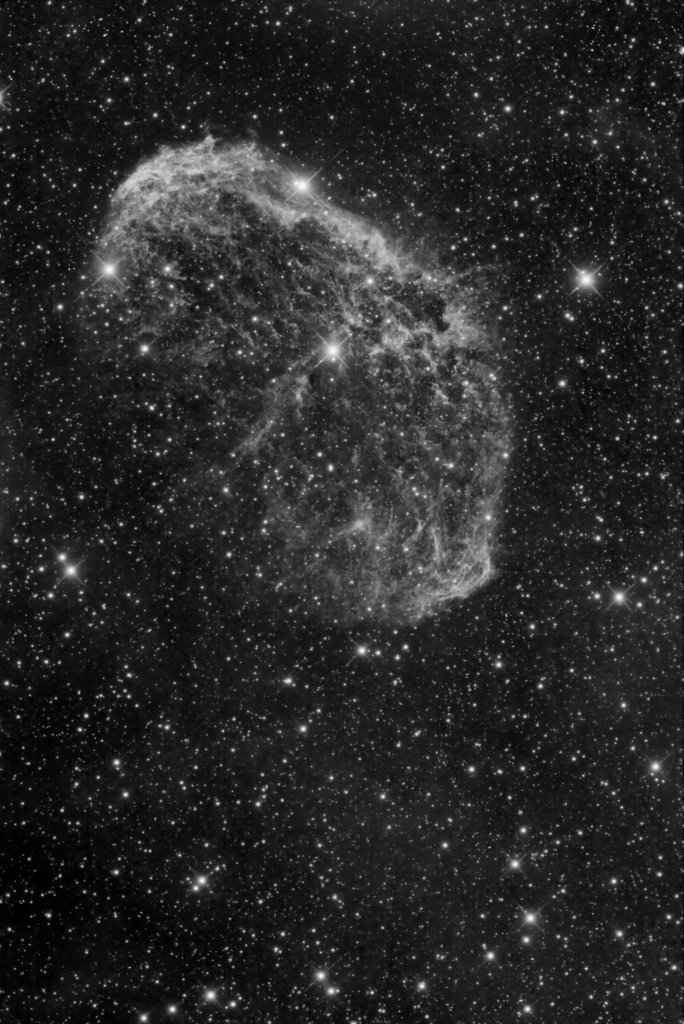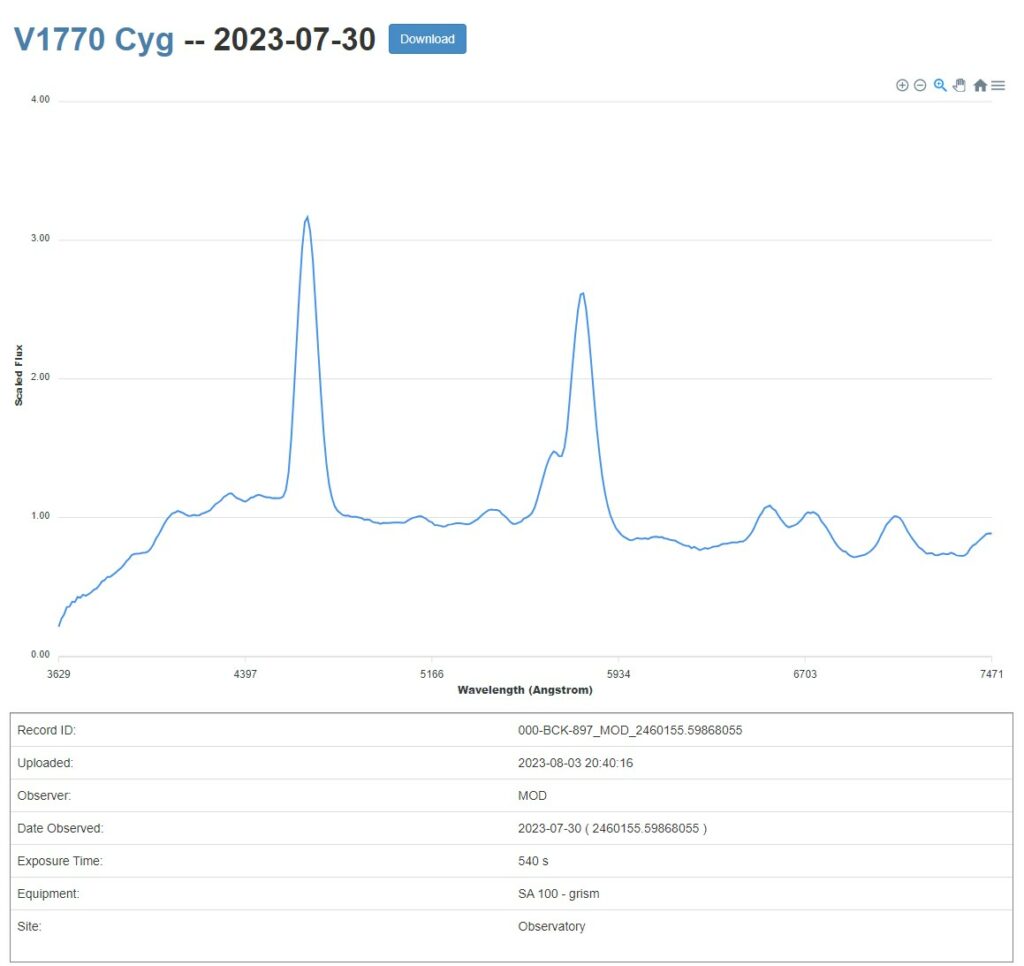Session Data
Taken over three nights between 21 and 24 of June.
Scope: Altair 250mm RC f/5.3 Camera: ZWO ASI 183MM Pro, Baader 35nm Ha, Dark subtracted and Flat fielded. Total of 160 x 120 sec subs.
Session Notes: Conditions over these three nights were not perfect with transparency ranging from poor to average.

This was really a more long term test of the ASI 183MM PRO camera and to see how the non guided CEM120 mount tracked using its RA encoder.
I did loose quite a few subs and ended up integrating a total of 160 x 120 sec subs giving me a total of 5.33 hours. I’ve not done too much on this other than and single restrained run of BlurExteminator and NoiseExterminator in PI and some dodge and burning in Affinity.
While not really seen in the subs, the amp glow when the sub were integrated, was noticeable. I had to use a curves mask in affinity to balance out the background at the top of the frame. Not a real problem, but something that had to be dealt with nonetheless.
Having used a wideband Ha filter, all we are seeing here is the hydrogen plus a small proportion of everything else. Fellow club members who have also bee imaging this object at the same time, have been using OSC cameras with dual band filters that are also allowing OIII through. This OIII structure, from our perspective looks like it envelopes the Ha structures – a bit like covered in cling film. I have a 12nm OIII so next time out will try and get a few hours so I can add to this image to show it.
I did dip my toe into the black art of Spectroscopy in 2021 using an ALPY600. Unfortunately the few Wolf Reyet stars I did obtain a spectrum for, wasn’t for WR136 which is at the centre of NGC6888 here, so here is a spectrum of WR136 using a Star Analyser at an R of 100 taken from the spectrum database of the AAVSO.

Acknowlegment: AAVSO https://app.aavso.org/avspec/obs/13075
If we could image in the near infra red you would see a much larger 1.8x 1.5 degree expanding envelope of gas and dust. The star at NGC6888’s core (WR136) is likely to be a binary and this much larger envelope is thought to have been caused by the binary’s primary going SN and that the image of NGC6888 that we see today was caused by the secondary’s very recent high energy outburst crashing into the back of the primary components material.
On the other hand, another school of thought suggests the primary didn’t go SN, but the material in the near IR is basically the envelope from the primary’s super red giant phase while on the main sequence. Take your pick